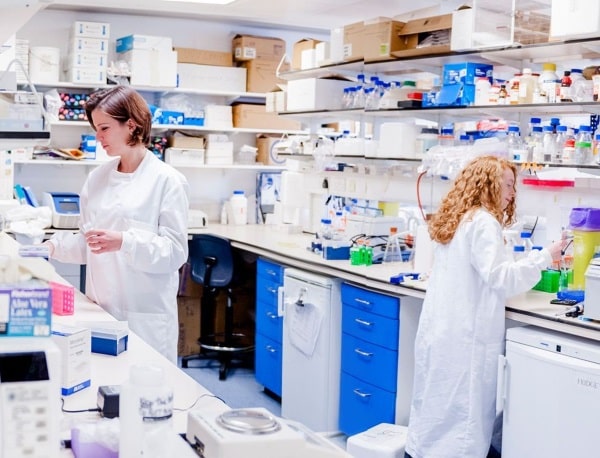Stem Cell Therapy and mRNA Technology: A Powerful Duo
The primary goal of this treatment is to regress diseased liver tissue, reducing the need for liver transplants significantly. The therapy activates stem cells within the liver to generate healthy hepatocytes (liver cells), offering a potential alternative treatment for severe acetaminophen intoxication and other liver diseases.
One of the key advantages of this therapy is its potential to enable the liver to heal itself. This is a significant breakthrough, especially for those suffering from chronic liver disease. By boosting the liver’s natural repair mechanism, the need for liver transplants can be drastically reduced, improving patient outcomes and overall quality of life.

Filling a Therapeutic Gap in Liver Regeneration
Another study referenced in the same context highlighted the importance of manipulating Hepatocyte Growth Factor (HGF) signaling in improving the survival and function of transplanted stem cells. This manipulation reshapes the cirrhotic liver niche, filling a therapeutic gap in liver regeneration.
By inhibiting HGF signaling during the cirrhotic phase, the survival and function of transplanted stem cells improved. This finding opens up new possibilities for enhancing the efficacy of stem cell therapies and offers a promising approach to address the challenges associated with liver disease treatment.
Implications and Future Directions
The innovative approach of combining stem cell therapy with mRNA technology encapsulated into nanoparticles has profound implications for treating liver diseases. Not only does it provide a potential alternative to liver transplantation, but it also offers a more sustainable solution by focusing on the liver’s inherent ability to heal.
While this research presents an exciting leap forward in the realm of liver disease treatment, it’s important to note that further studies and clinical trials are needed before this therapy can be widely adopted. However, the initial findings are promising and offer a ray of hope for millions of individuals worldwide affected by acute and chronic liver diseases.
In conclusion, the emergence of novel stem cell therapy using mRNA technology could be a game-changer in the field of liver disease treatment. By harnessing the body’s natural healing mechanisms, this therapy could revolutionize the treatment landscape and offer a new lease of life for patients suffering from liver diseases.
